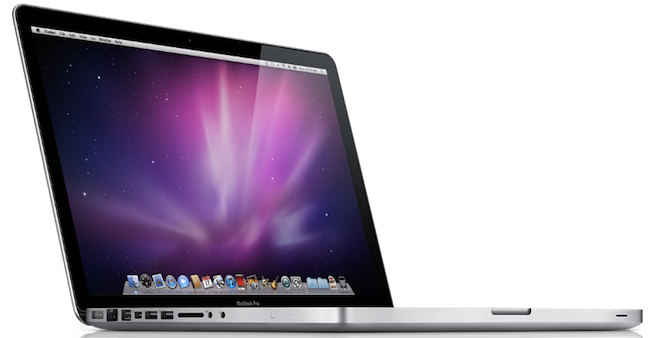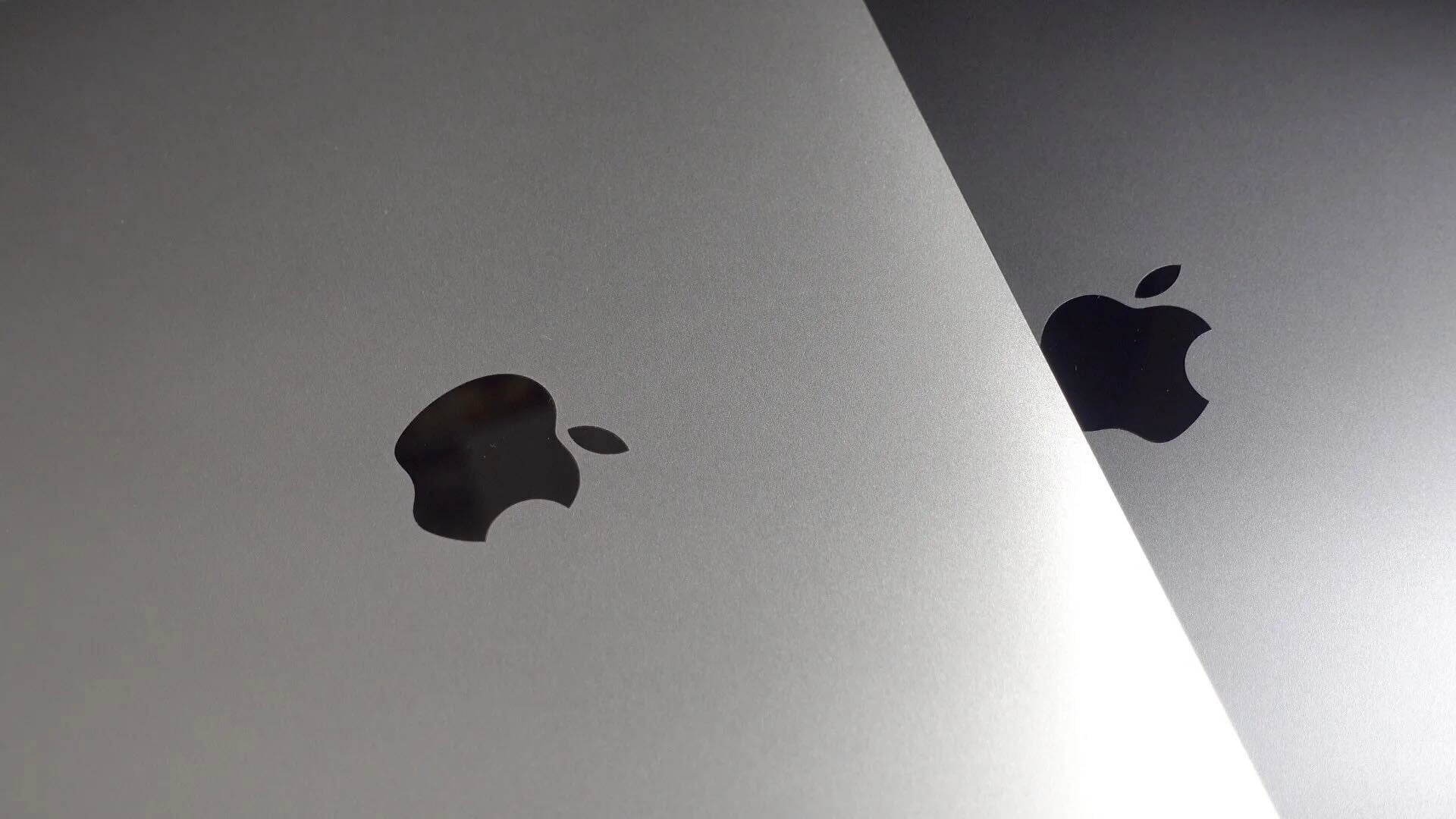US Judge says Samsung tablets do infringe Apple patents but doesn’t issue an injunction

US District Judge Lucy Koh came down on Samsung today for infringing on Apple’s patents in a preliminary hearing on Apple’s request to bar some Galaxy products from being sold in the United States. She stopped short of issuing an injunction however, like her Australian counterpart yesterday, saying that Apple may have some issues establishing the validity of its patents.
Apple and Samsung have been at each others’ throats in more than 20 districts around the world. The fight has ensnarled some of the two companies’ partners and vendors.
Mobile providers Verizon Wireless and T-Mobile USA have opposed Apple’s request, arguing that a ban on Galaxy products would cut into holiday sales.
Apple must show that Samsung infringed its patents and that its patents are valid under the law.
At the hearing on Thursday in a San Jose, California federal court, Koh also said she would deny Apple’s request for an injunction based on one of Apple’s so-called “utility” patents.
She did not say whether she would grant the injunction based on three other Apple “design” patents.
Koh characterized her thoughts on the utility patent as “tentative” but said she would issue a formal order “fairly promptly.
The case in U.S. District Court, Northern District of California is Apple Inc v. Samsung Electronics Co Ltd et al, 11-1846.



